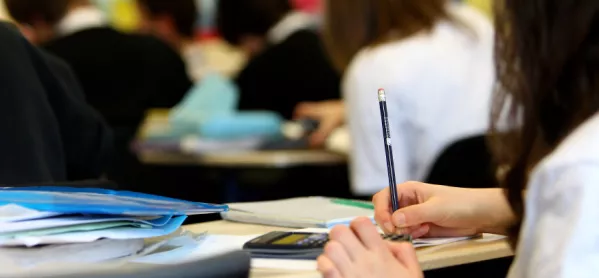- Home
- Free schools are ‘not being targeted’ where they are most needed
Free schools are ‘not being targeted’ where they are most needed

Free schools have been “ineffective in targeting areas of low school quality”, according to a major new report analysing the impact of the government’s flagship education policy.
The Education Policy Institute found that while they are more likely to be located in areas of disadvantage, they take fewer poorer pupils than other schools in these areas.
The thinktank said the data on their performance was mixed and it was still “too early to say whether free schools have been a success”.
According to the EPI’s research, free schools have helped to create additional school places in areas where there is most need for new places, although the report notes that the expansion of existing schools still generates the most new capacity within the system.
Free schools’ targets
However, the programme has been less successful at targeting new school places in areas where standards are low.
The EPI found that new primary free school places were as likely to be created in high performing areas as low performing areas, and in secondary education new free school places were slightly more likely to be created in high performing areas.
The thinktank said this was probably driven by “the regional bias of free schools”, with many being set up in high performing London. Of the 347 free schools open by the end of the 2016-17 year, 124 were in London but just 9 were in the North East.
While free schools are more likely to be located in areas of disadvantage, the EPI found that these schools then take fewer poorer pupils than other schools in the same area.
This was particularly the case for primaries. In the most deprived areas, only 24 per of reception aged free school pupils are eligible for free school meals, compared to 32 per cent in other schools.
No supporting data
Free schools do, however, take a disproportionate number of pupils who do not have English as their first language. The EPI said this was partly driven by the number of faith-based free schools, as well as the concentration in London, although it noted there were also high numbers of EAL students in free schools outside the capital.
While advocates of free schools frequently claim they are extremely popular with parents, the EPI said this did “not… appear to be supported by the available data”.
At primaries, more than 35 per cent of applications to free schools were as a first preference - the lowest of any school type. At secondary level, the figure was 29 per cent - also the lowest of any school type.
However, the longer a free school has been open the greater the proportion of local pupils that will apply - and the more likely it will be a first preference.
On performance, the EPI said it is “not yet possible to conclude whether free schools are more effective in improving pupil attainment than other schools”.
‘Too early to say’
Free school Ofsted judgments are generally better than other schools at primary level, similar at secondary, and considerably worse for special and alternative-provision schools.
After controlling for pupil characteristics, attainment was actually slightly behind a group of “similar pupils” - equivalent to one-third of a grade in one subject.
They fared better on pupil progress at secondary level, achieving the joint highest Progress 8 performance alongside converter academies, but the EPI said this could reflect the higher proportion of EAL students in free schools, who tend to make more progress.
Jon Andrews, the EPI’s director for school system and performance, said the report showed that “in terms of pupil outcomes, it is simply too early to say whether they have been a success”.
Spreading out
David Laws, the former education minister who is now executive chairman of the EPI, said the report provided “ammunition for both supporters and critics”.
“A fair summary would be that free schools have neither been the roaring success or the disastrous failure that many have predicted,” he said.
Mr Laws added that with free schools “hugely skewed” to areas of the country doing well, if the government still believed they could drive better performance it needed to spread them “across areas such as the North and Midlands”.
Toby Young, director of the New Schools Network, which supports new free schools said: “We now need to put rocket boosters under the programme in areas where there are not enough good schools.”
A DfE spokeswoman said: “As this report acknowledges, free schools are already showing high Progress 8 scores, with the likes of Dixons Trinity Academy ranking among the top 10 schools in provisional 2017 Key Stage 4 data.
“We want to build on this success which is why we will continue to open new free schools, such as maths schools, that bring innovation to the education system and reach even more areas that currently have low attainment rates.”
Want to keep up with the latest education news and opinion? Follow Tes on Twitter and Instagram, and like Tes on Facebook
Keep reading for just £1 per month
You've reached your limit of free articles this month. Subscribe for £1 per month for three months and get:
- Unlimited access to all Tes magazine content
- Exclusive subscriber-only stories
- Award-winning email newsletters



